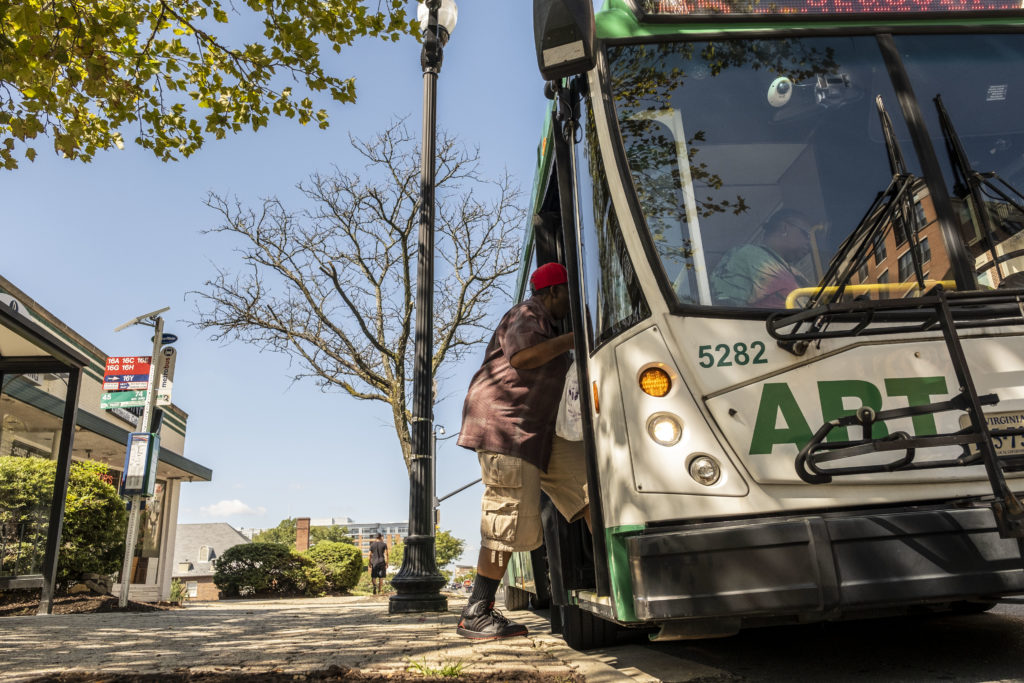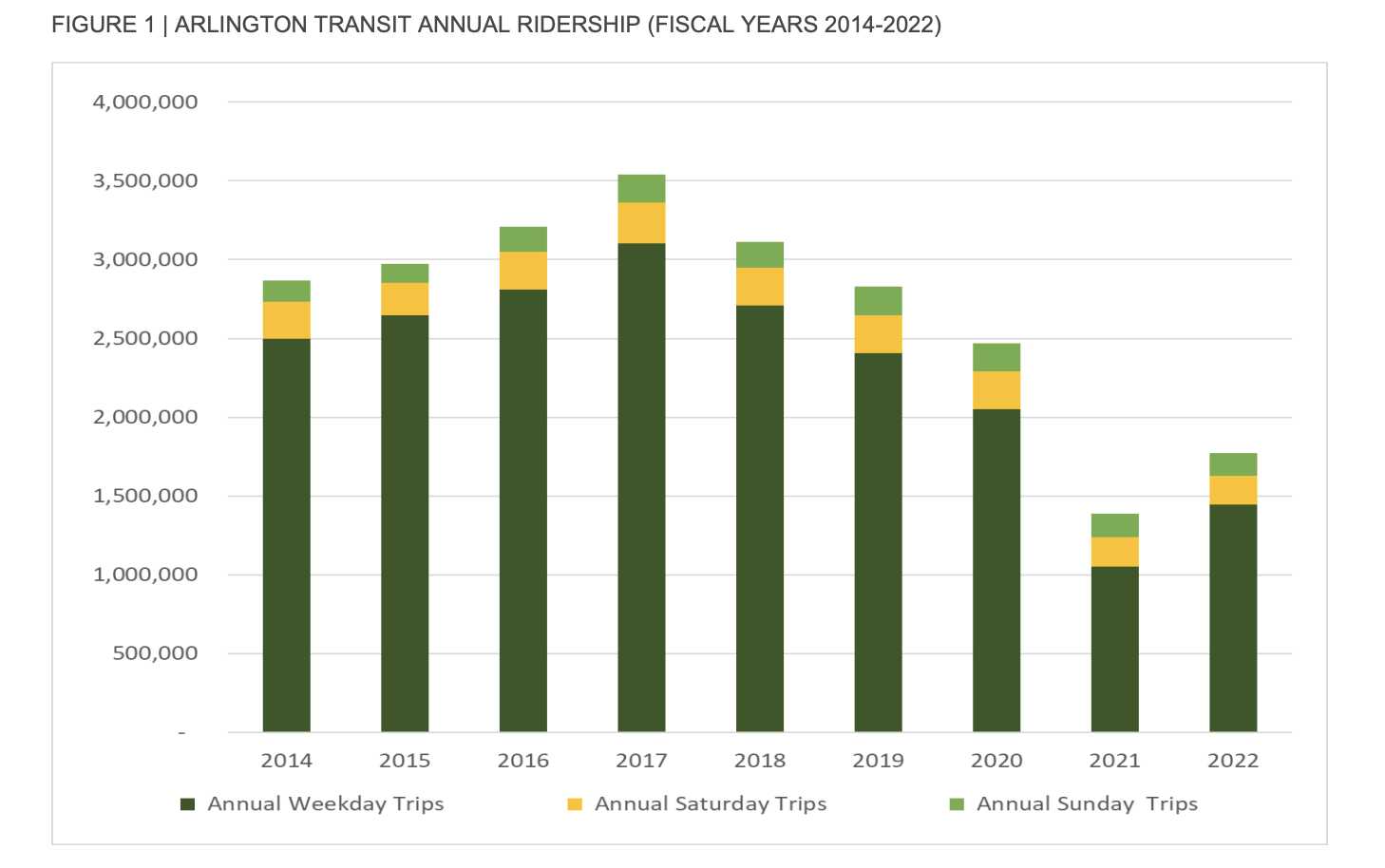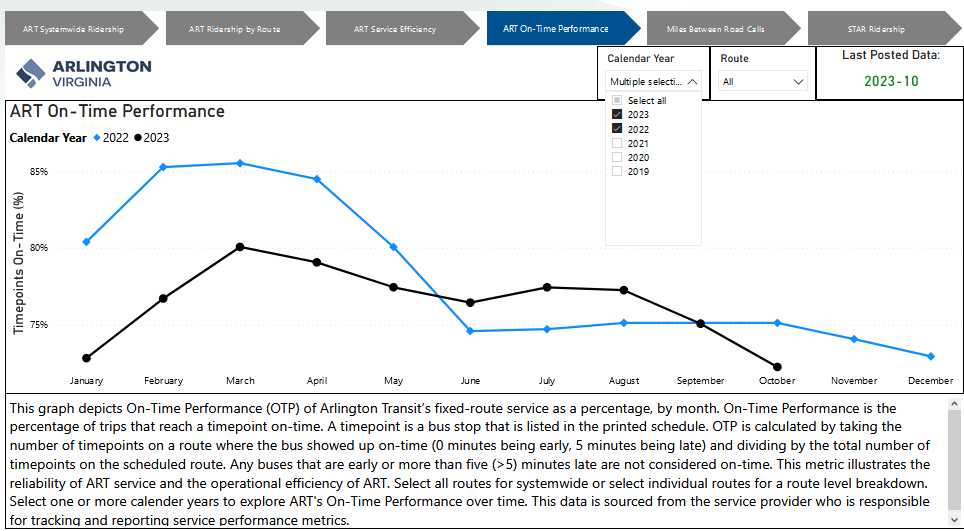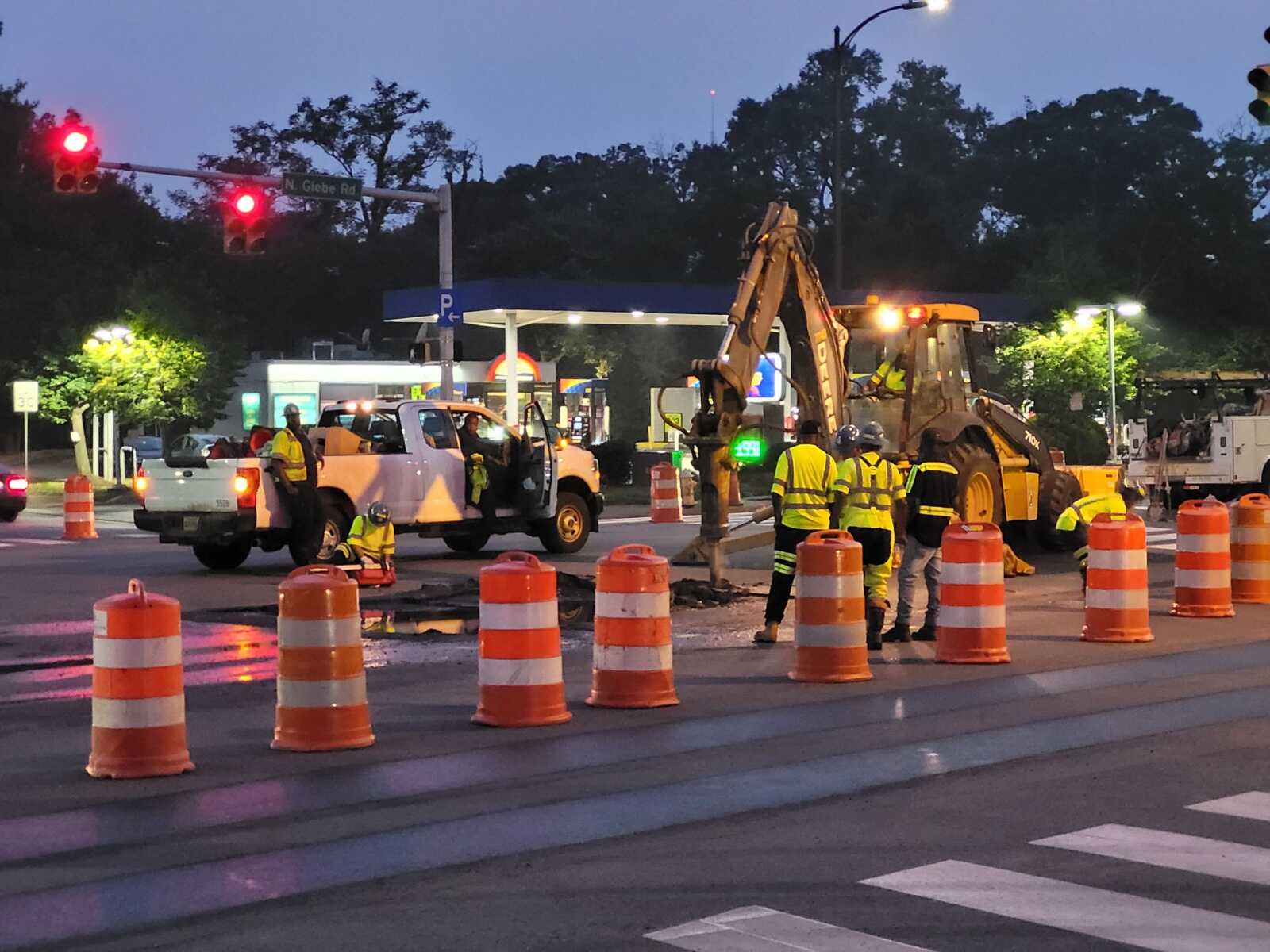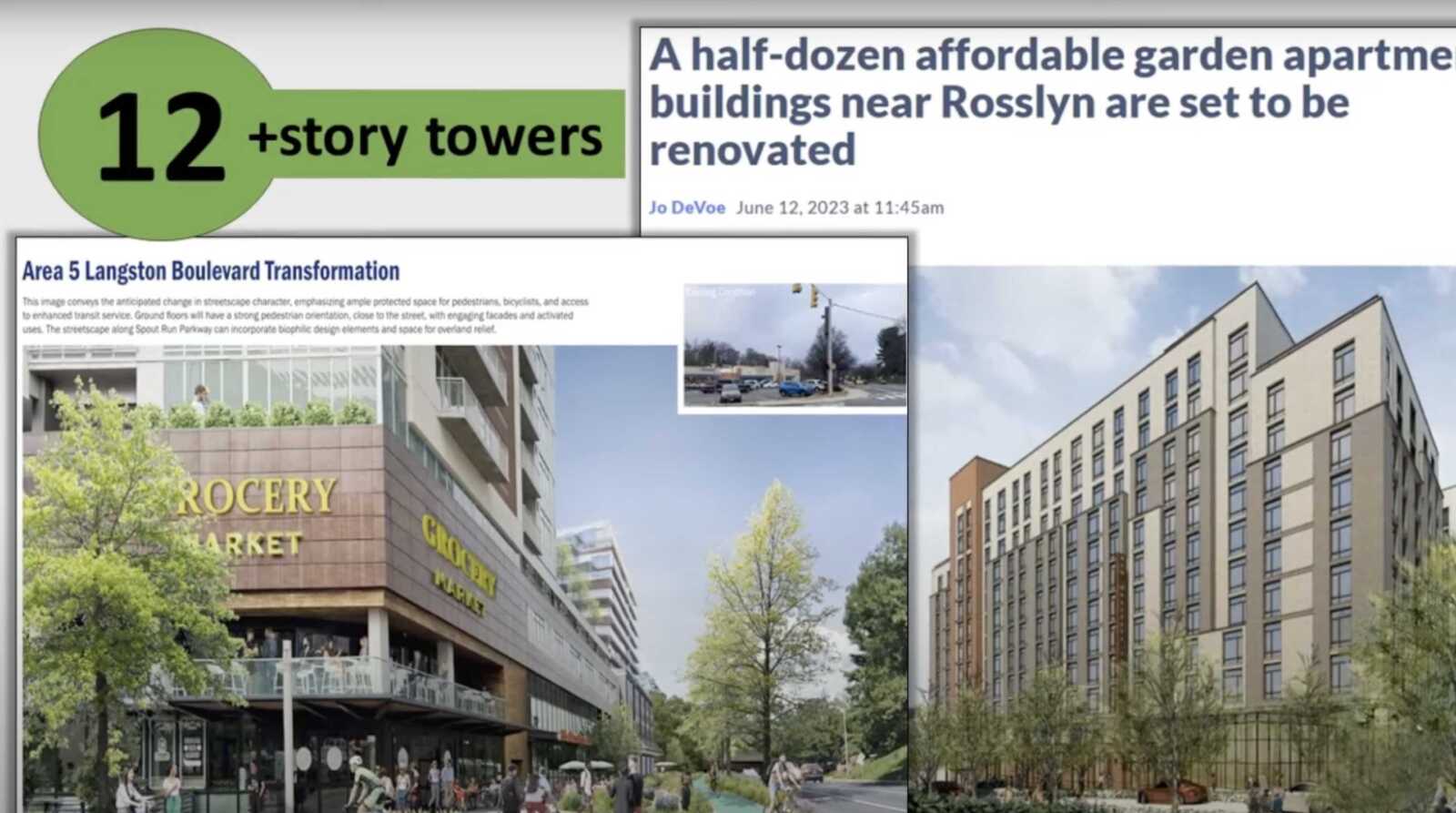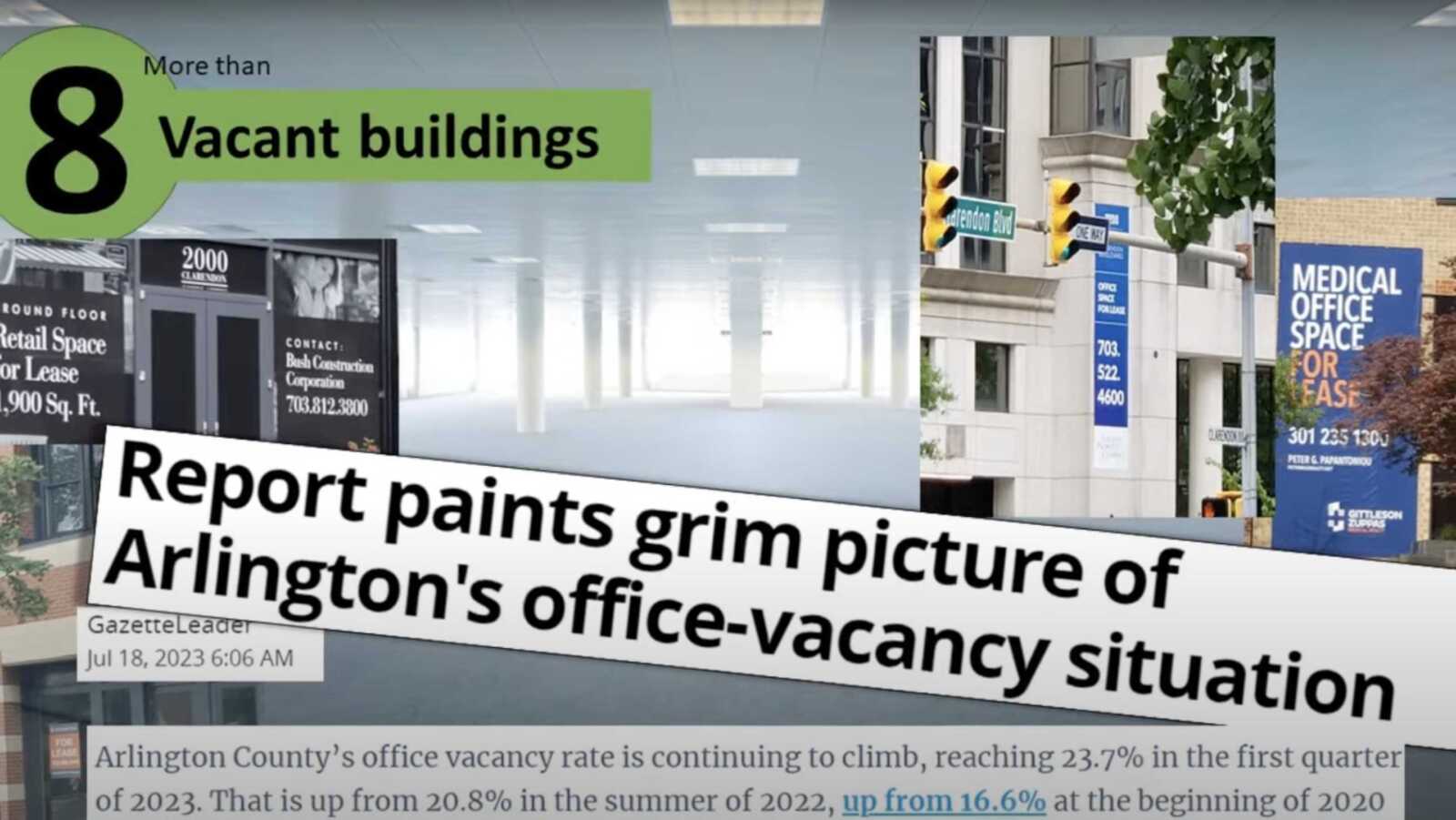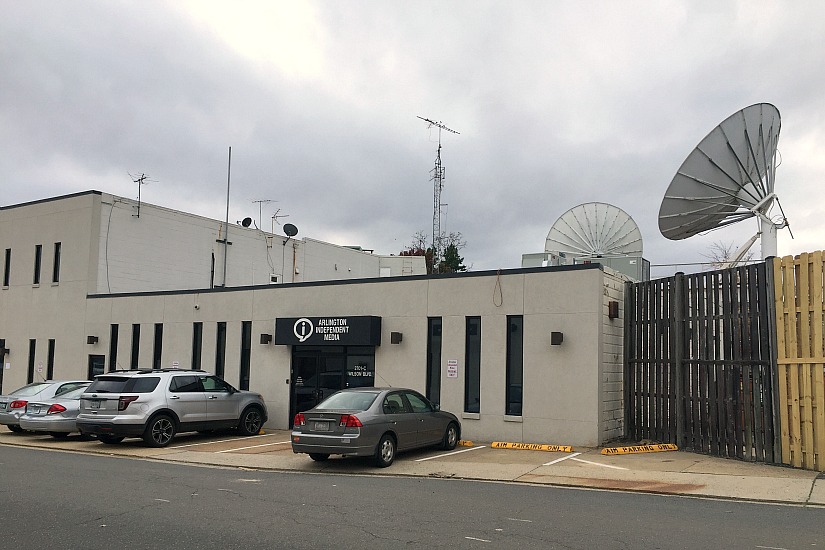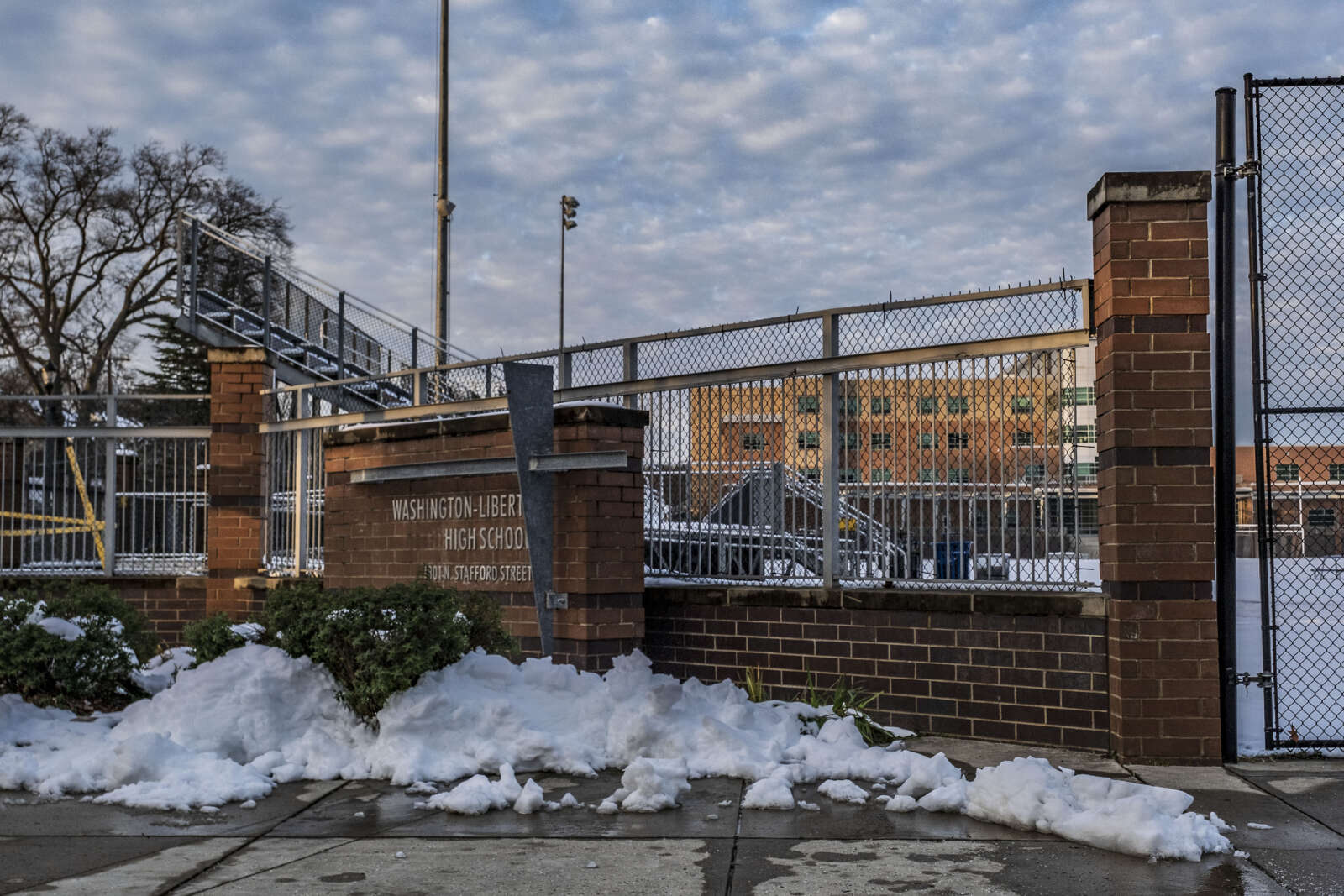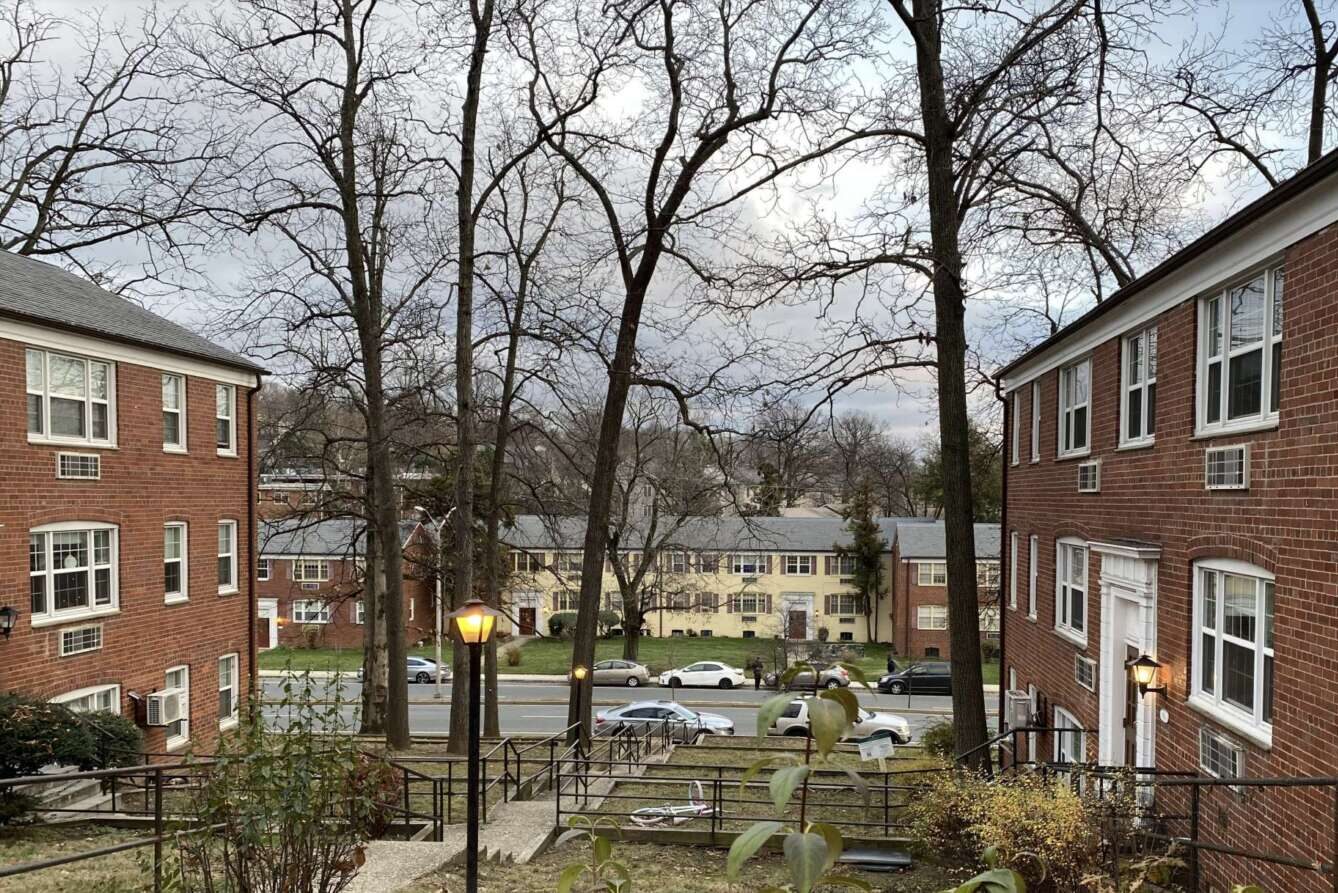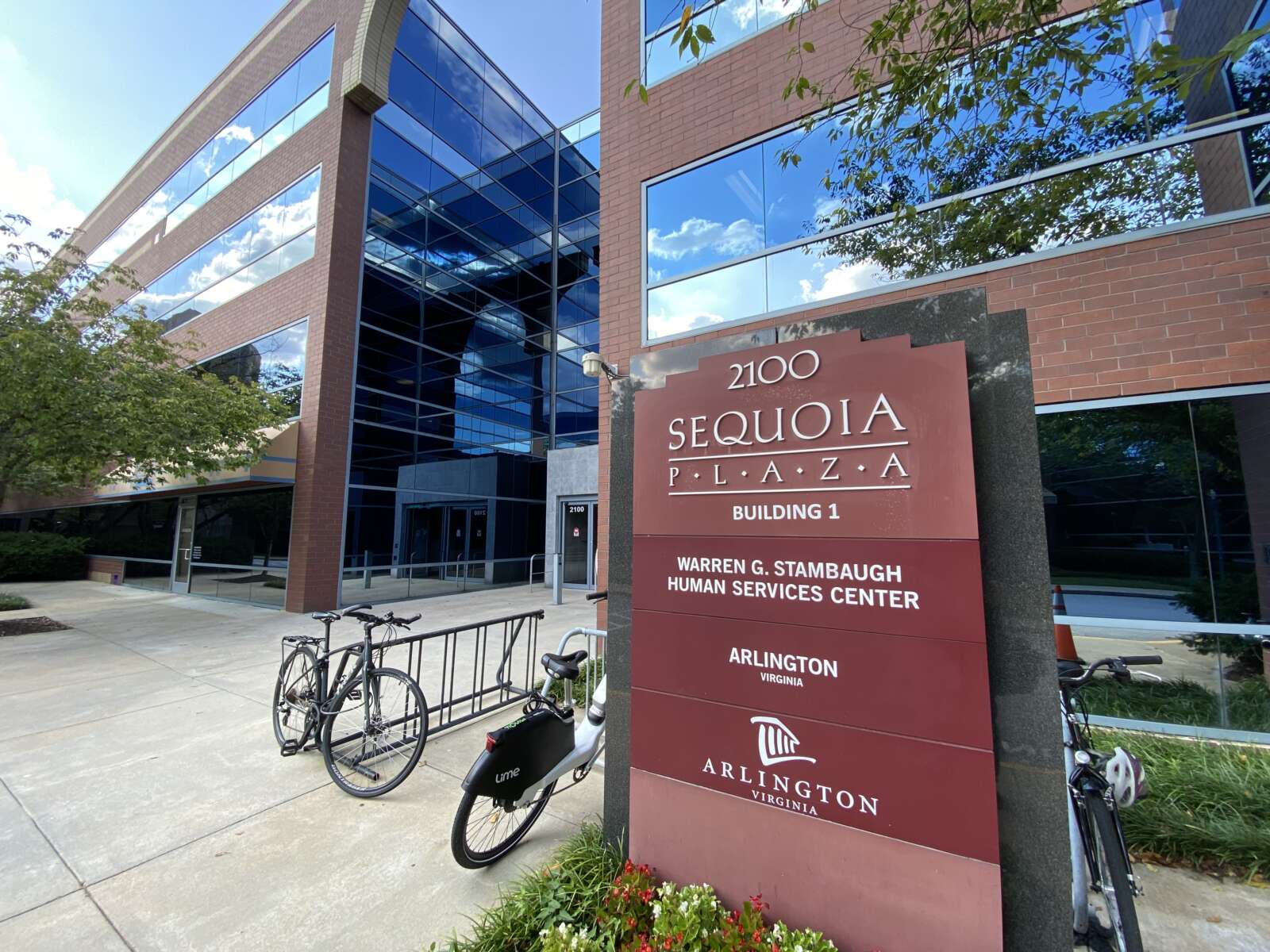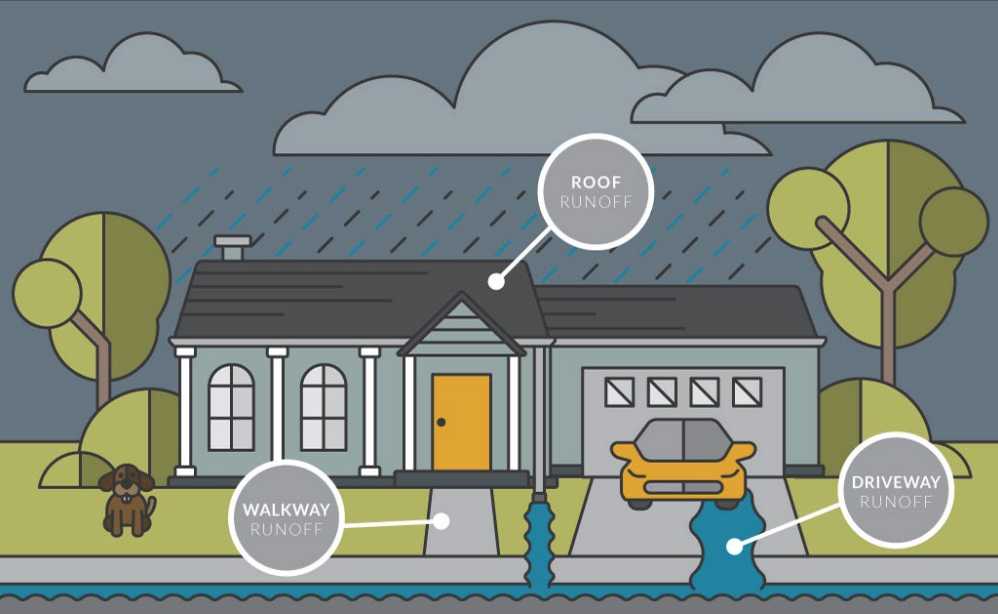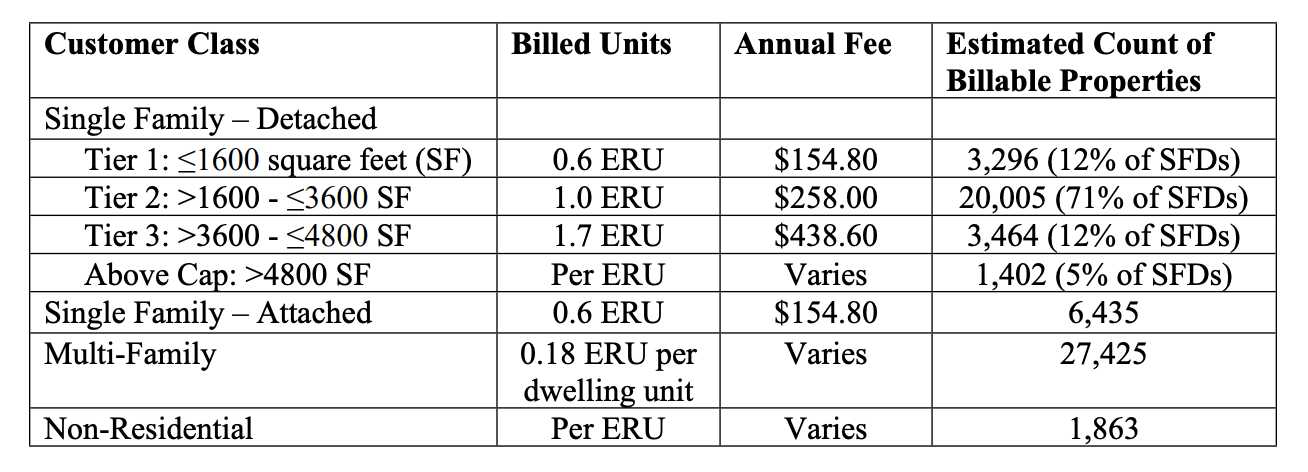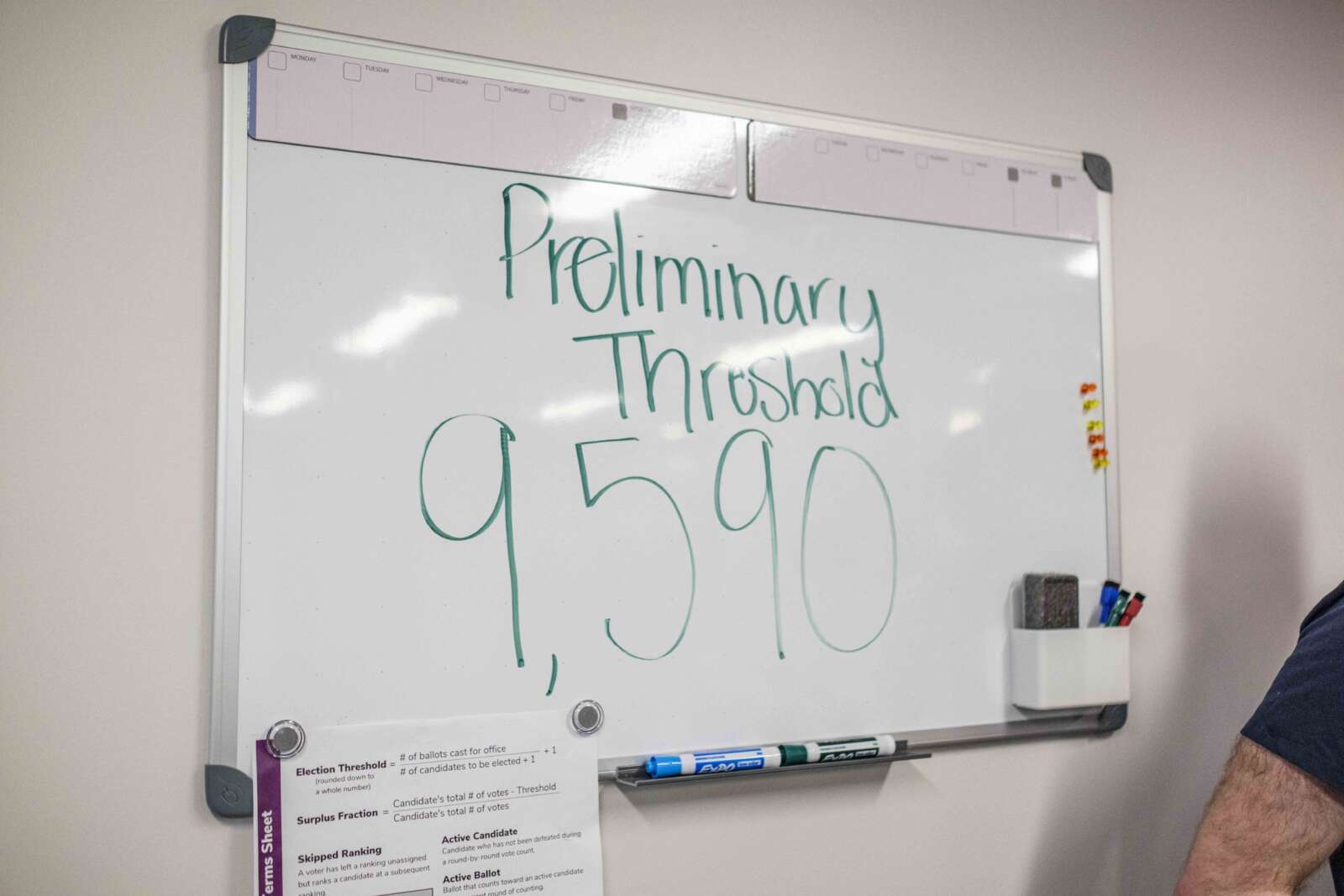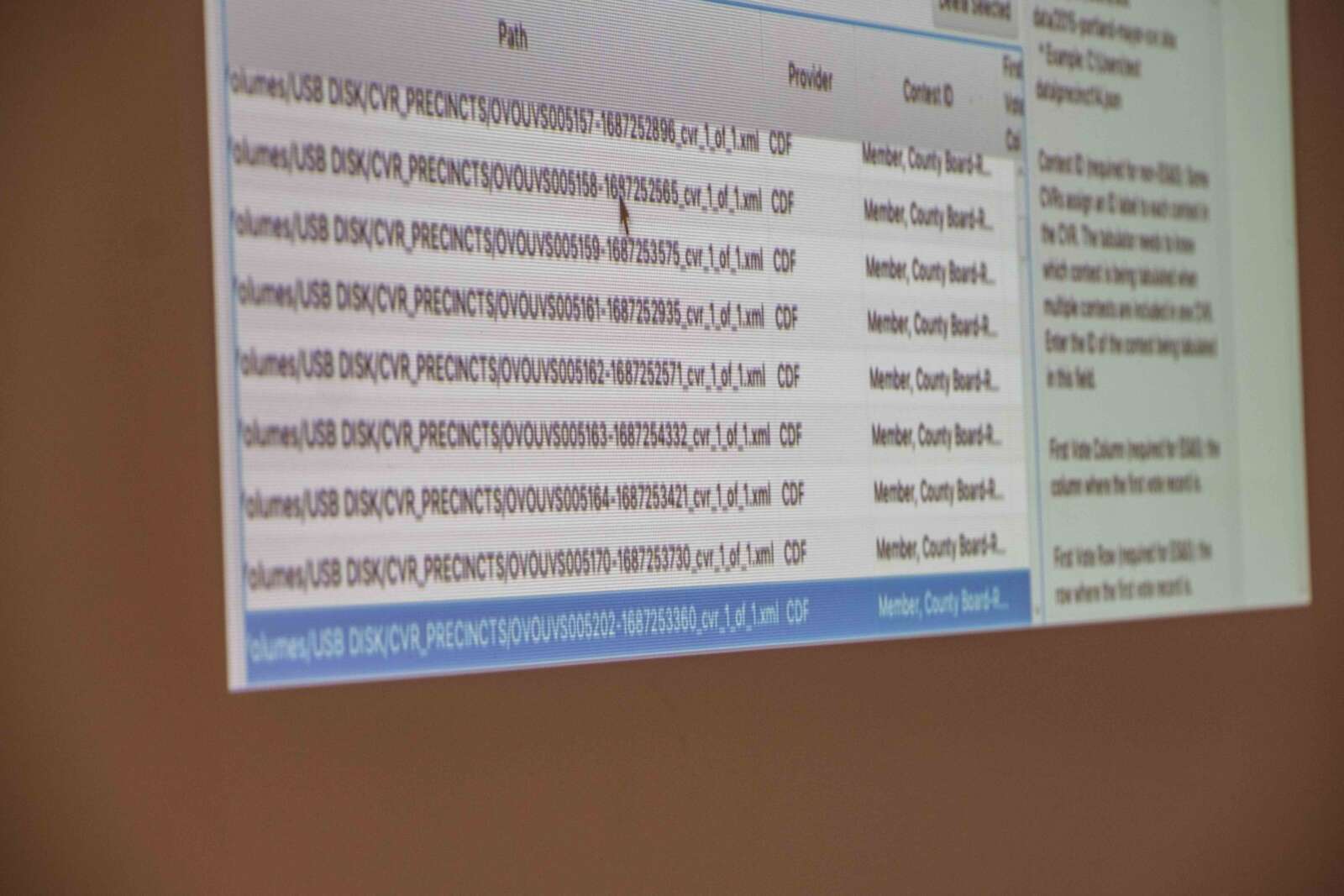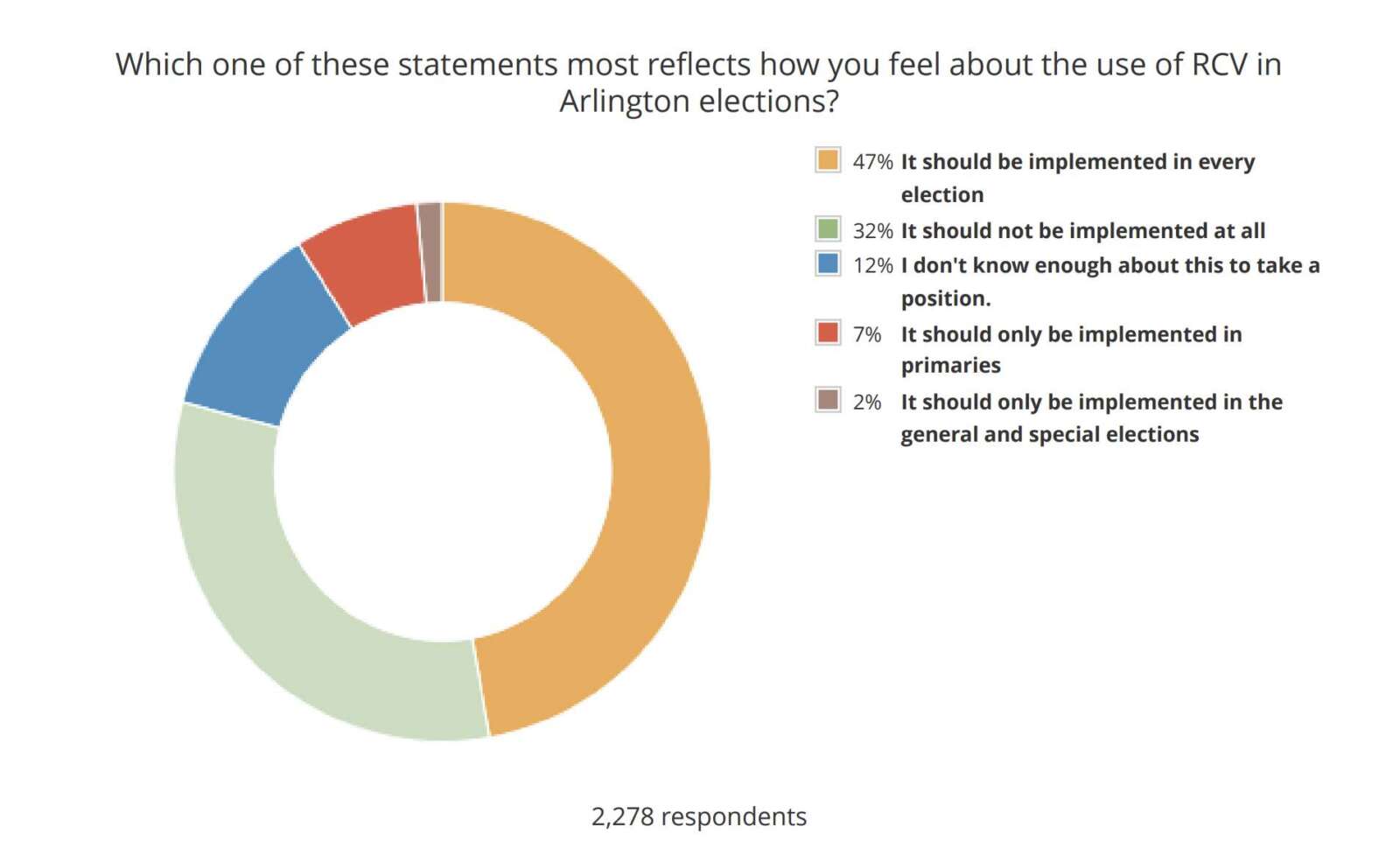
The National Park Service is warning commuters of potential shutdowns of the GW Parkway in the event of winter weather
The northern portion of the George Washington Memorial Parkway will close in advance of storms forecasting two or more inches of snow and any amount of freezing rain or ice, NPS said in a press release Wednesday. The road will close four hours before the forecasted start of the storm and drivers will need to seek alternate routes.
The announcement comes amid construction on the ongoing North Parkway Rehabilitation Project, which has resulted in narrower lane widths and a reversible-lane traffic pattern. The work is taking place between Spout Run Parkway in Arlington and the Beltway.
“Bad weather could shift the reversible lane schedule or close the parkway,” the park service said. “The NPS will pre-treat roads, however treating the road and removing snow will take more time because snow removal crews need to use smaller equipment to fit in the narrower lanes.”
Drivers should also expect delays in reopening the northern section of the parkway while crews clear snow and treat other sections of the parkway and park areas, the release noted. NPS urged drivers to follow traffic signs and the 40 mph speed limit.
The rehabilitation project was announced two years ago. The National Park Service and the Federal Highway Administration awarded a $161 million contract for the project “to improve driving experience, safety and water drainage while retaining and reviving the historic beauty and significance of the parkway.”
The northern section of the parkway has seen frequent potholes and other rough driving conditions, in addition to occasional sinkholes prompting full closures. Weather has also prompted closures in the past, stranding drivers during snowstorms and blocking the parkway with fallen trees during summer storms.
More, below, from the National Park Service.
As winter approaches, construction on the North Parkway Rehabilitation Project continues with narrower lane widths and a reversible-lane traffic pattern. Bad weather could shift the reversible lane schedule or close the parkway. Drivers should be aware of the following and plan accordingly. The northern section of the parkway:
- Will close for storms forecasting 2 or more inches of snow or any amount of freezing rain or ice. The road will close 4 hours before the forecasted start of the storm. Drivers will need to seek alternate routes.
- Will remain open for storms forecasting fewer than 2 inches of snow and no freezing rain or ice.
The NPS will pre-treat roads, however treating the road and removing snow will take more time because snow removal crews need to use smaller equipment to fit in the narrower lanes. Drivers should expect delays in reopening the northern section of the parkway while crews clear snow and treat other sections of the parkway and park areas. Throughout the project, drivers should observe traffic signs, respect the 40-mph speed limit, expect delays through narrow travel lanes and seek alternate routes. Commercial vehicles are always prohibited from using the parkway.
Where to find more information
Closure and re-opening information will be shared with GWMP Rehabilitation project news subscribers. Drivers can view construction updates and opt-in to receive emails about traffic impacts, meetings and major project milestones. Updates about road closures may also be posted on social media.


